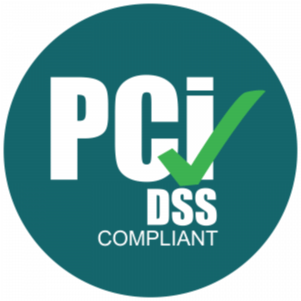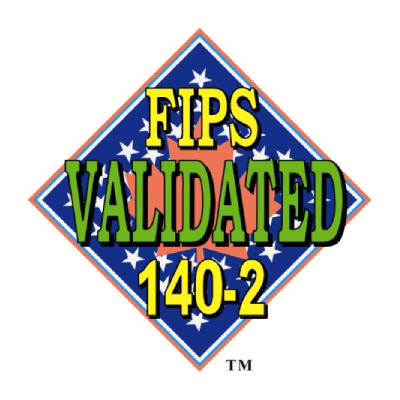Follow the news closely, and you’ll know how unfortunately common cybersecurity incidents are even among large enterprises. Businesses like Uber have had data breaches as a result of poor secrets management and have suffered from stolen sensitive data and a loss of consumer trust as a result.
How exactly do you protect yourself and your business from receiving a similar fate? It’s rather challenging to maintain secrets when you work with a wide variety of applications, development environments, and deployment pipelines. Nowadays, it’s even common for developers to work with continuous delivery practices, where regular changes to the code are common.
Every modern organization that deals with software must understand how to secure the CI/CD pipeline. Let’s talk about the CI/CD philosophy, how the experts handle secrets management for it, and some best practices to get you started on a more secure development environment.
What Is Secrets Management For CI/CD?
We first need to talk about CI/CD itself, also known as Continuous Integration and Continuous Delivery, before discussing how secrets management plays into it.
What Is CI/CD?
CI/CD refers to an agile methodology popular with DevOps teams. It’s a coding philosophy where small changes to the code are committed frequently.
Now that modern applications run on more platforms than ever, CI/CD is essential for today’s developers, and DevOps secrets management has likewise been a strong talking point.
Continuous Integration ensures consistency in the way developers build and test programs, whereas Continuous Delivery picks up from there by delivering the applications consistently to the target infrastructure.
CI/CD Secrets Management
A continuous workflow calls for unique practices when it comes to managing vault secrets and privileged access. Secrets refer to user credentials, keys, passwords, private certificates, and anything else that is essential for software deployment and must be kept secret.
Secrets can serve as authentication tools to prove the identity of a user or system or authorization, where access to certain corporate resources are granted based on user privileges.
When working with CI/CD, organizations must use multiple services, environments repositories, cloud providers, and verification providers. Keeping accurate secrets for each team and each service can be a challenge when everyone needs a different level of access.
Also, part of development is authenticating digital tools to get the most out of them. Any resources you use must have the right access to do their jobs, especially in hybrid cloud environments or automated tools like Kubernetes. In fact, Kubernetes CI/CD security is a whole topic all by itself.
All this complexity makes secrets management in a CI/CD environment expensive and error-prone if managed improperly. Because secrets are required for any CI/CD working environment, it’s important to pick up some best practices.
CI/CD Security Best Practices
While security practices may add friction to an ongoing development process, they are still necessary to keep the sensitive data secure. Because CI/CD is commonplace for use in Infrastructure as Code (IaC) practices, secrets management solutions are also used for handling Helm charts, Kubernetes secrets, and many others.
Like all development processes, DevSecOps teams know that locking down configuration managers, repositories, and build servers is the first step, as well as applying strict access control to the entire CI/CD pipeline from end-to-end. Other best practices include:
- Avoiding the use of hard coded secrets.
- Encouraging the use of one-time passwords for more sensitive data.
- Scanning scripts and source code regularly for vulnerabilities, especially right before deployment.
- Using password managers to rotate passwords after each use.
- Ensuring authentication is correct for both human and non-human entities.
- Adopting the Principle of Least Privilege, where only the minimal amount of access is given based on the needs of the recipient. Audit access control regularly for this reason.
- Applying access control meticulously to know who has access to what and for how long. Access control can be based on the user’s role, the amount of time needed, or the exact task at hand.
- Preventing secrets from being passed down by accident during builds as the team makes its way through the CI/CD pipeline.
Remember that automation tools are now available to help you handle cloud secrets management in a continuous environment. These services take the work off your administrators and developers and can handle many of these practices for you.












